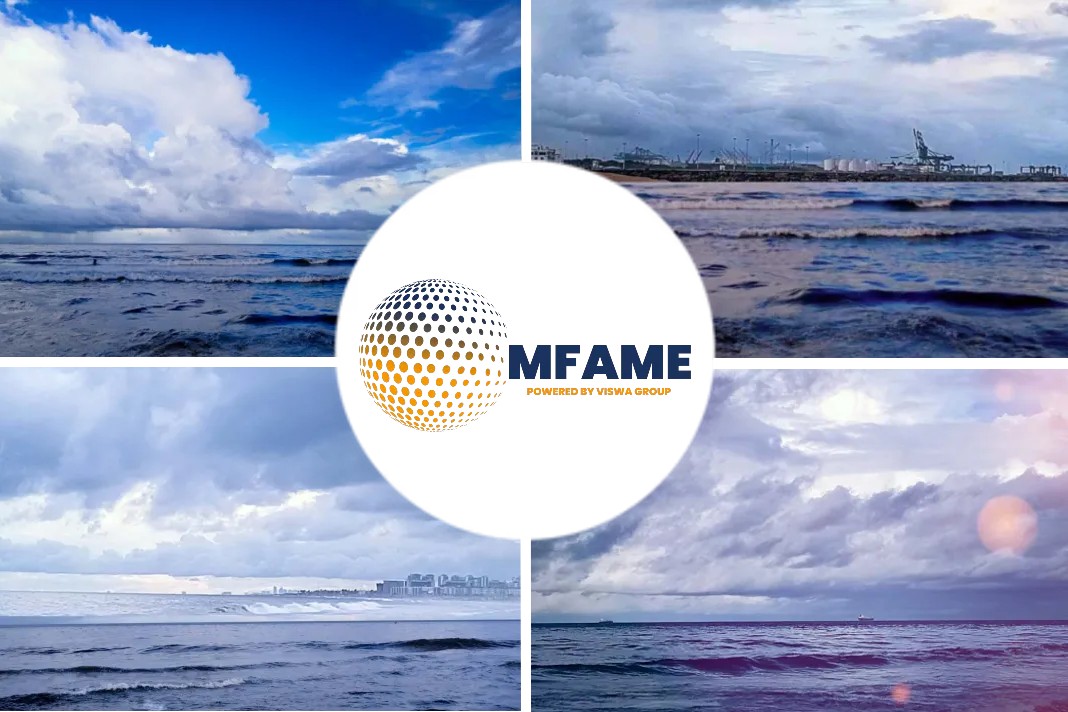- Windward’s latest model will help stakeholders to optimize chartering decisions and managing their carbon footprints.
- The global carbon emission figures to rise as maritime trade triples by 2050.
- “The missing piece in translating data into real savings is resolving the fuel consumption mystery,” says Windward’s Co-Founder.
Windward, the leading Maritime AITM company, today announced the release of the Windward Vessel Fuel Consumption API, a novel AI solution that provides fuel consumption estimates with up to 95% accuracy on average per voyage, as well as actionable insights, reported by PR Newswire.
Economic efficiency
Windward’s latest AI model, the solution, enables stakeholders to optimize chartering decisions and manage their carbon footprint while increasing economic efficiency.
The maritime shipping industry transports 90% of global trade and accounts for nearly 3% of global carbon emissions; this figure is expected to rise as maritime trade triples by 2050.
Fuel consumption
Various regulatory bodies require vessels to monitor and report their fuel consumption and emissions in order to reduce carbon emissions.
Currently, fuel consumption data is reported via noon reports, with the crew measuring and reporting data manually, making the report prone to human error and potential falsification.
Furthermore, fuel can account for up to 70% of a vessel’s costs, and inaccurate reporting can result in unintended and avoidable spending.
Windward Vessel Fuel Consumption API provides an objective way to track and calculate fuel consumption of any tanker worldwide in a more reliable and consistent manner, without the use of additional devices.
This gives stakeholders such as charterers, shipowners, energy companies, and financial institutions total fuel consumption visibility for all tanker main engines, auxiliary engines, and boilers.
Decision optimizing
Organizations can optimize their chartering decisions, negotiate better time charter equivalent (TCE) rates, monitor vessels for technical malfunctions, and benchmark different fleets, potentially saving up to 10% on average in fuel costs and reducing carbon emissions.
Maritime decarbonisation
With decarbonization regulation in flux and the expected regulation of carbon intensity indices (CII), energy efficiency indices (EEXI), annual efficiency ratings (AER), and other variables changing monthly, the missing piece in translating data into real savings is resolving the fuel consumption mystery.
“Improving visibility of vessel fuel consumption is the first step toward decarbonizing the maritime industry,” said Ami Daniel, CEO and Co-Founder of Windward. “Environmental concerns and ESG are top priorities for both businesses and consumers.”
Sustainable future
“We are approaching a tipping point, and accurate consumption estimates are critical in making business decisions that are both economical and, more importantly, environmentally conscious.”
“We are proud to contribute our maritime expertise and artificial intelligence to the industry’s efforts to create a sustainable future and protect the environment for future generations.”
Inspiration
Windward Vessel Fuel Consumption API is based on a deep learning model that calculates and assesses the fuel consumption of any given tanker based on multiple data sources, inputs, and behavioral features such as speed, meetings, port calls, weather conditions, hull fouling, engines, fuel types, and 10+ years of historical voyage data.
Fostering collaboration
These datasets were created, tested, and verified in collaboration with leading companies in Windward’s Data for Decarbonization Program (D4D), a collaboration aimed at increasing transparency and fostering collaboration within the maritime industry by leveraging the power of big data and AI to reduce carbon emissions.
The new solution will be unveiled at the ADIPEC conference, which will be held in Abu Dhabi from October 31 to November 3, 2022.
Did you subscribe to our Newsletter?
It’s Free! Click here to Subscribe.
Source: PR Newswire
















